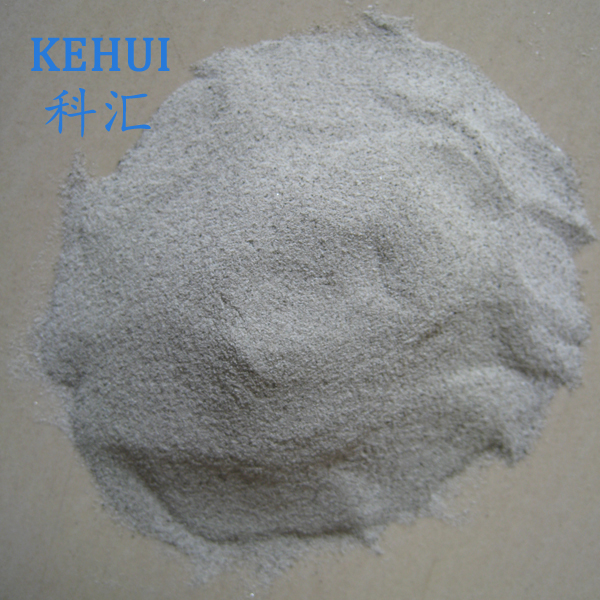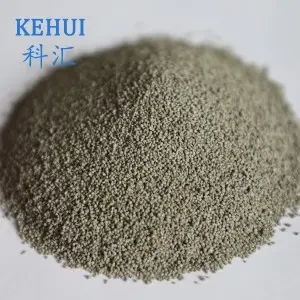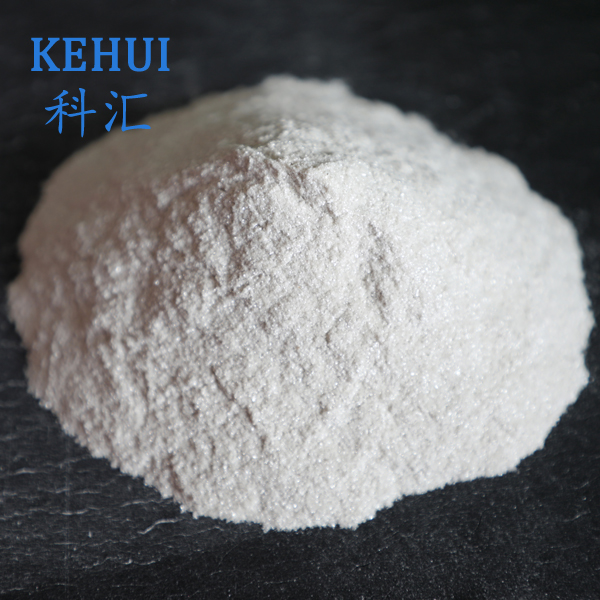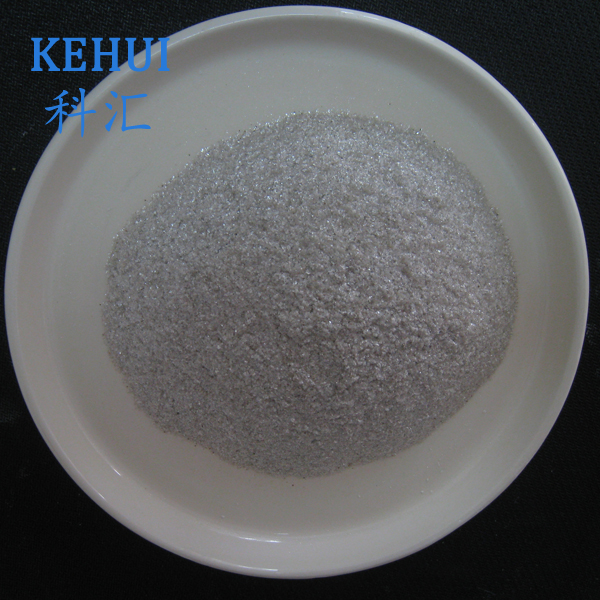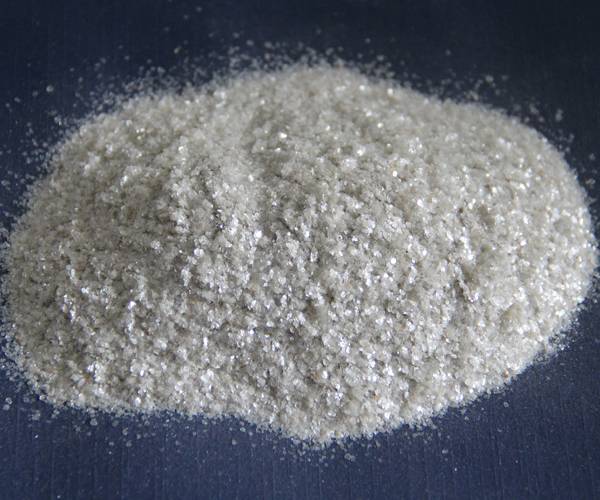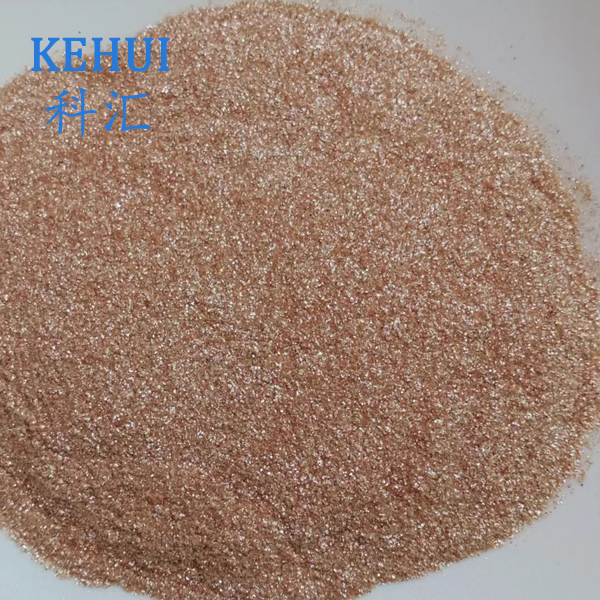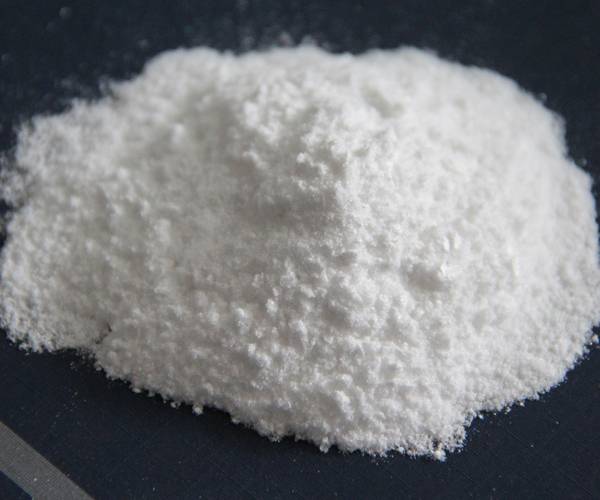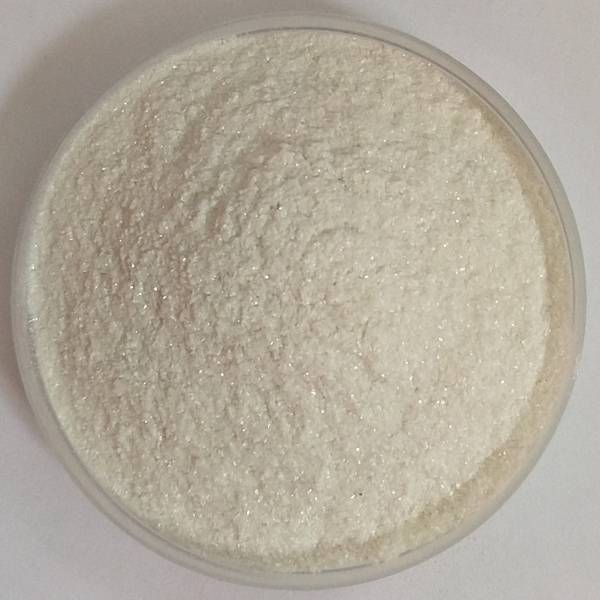Premium Vermiculite for Lawns – Enhance Soil Health & Growth Vermiculite 4 & 30mm Available
- Introduction to vermiculite for lawns
and its importance in turf management - Key technical advantages and performance data of vermiculite products
- Market overview: Understanding vermiculite 4 and vermiculite 30mm specifications
- Manufacturer comparison: Detailed benchmark of top industry players
- Bespoke solutions: Customizing vermiculite blends for specific lawn types
- Case studies: Real-world applications and outcomes from professional landscapers
- Conclusion: Unlocking the full potential of vermiculite for lawns
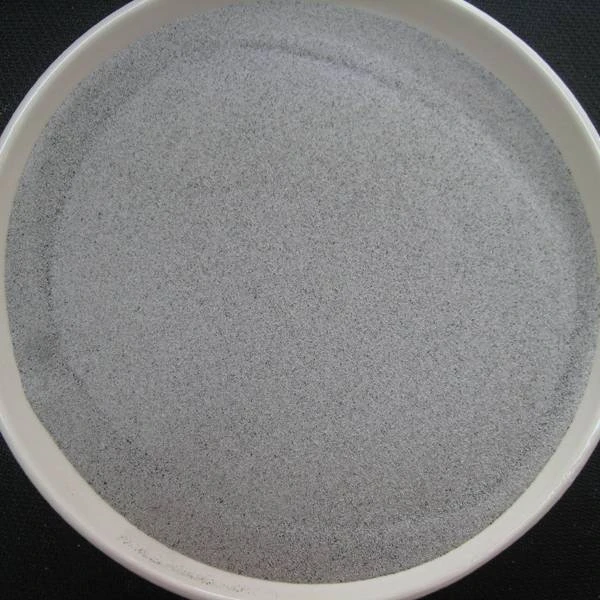
(vermiculite for lawns)
Introduction: Exploring the Benefits of Vermiculite for Lawns
The quest for lush, resilient, and healthy lawns drives innovation in turf management. Vermiculite for lawns is rapidly emerging as an industry-standard soil amendment, proving indispensable for both residential and commercial turf. This mineral-based product, when applied thoughtfully, enhances aeration, water retention, and nutrient exchange within the soil matrix, directly impacting root health and grass vitality. As droughts, soil compaction, and fertilizer run-off challenge modern lawn care, vermiculite’s physical and chemical properties present timely solutions. In this exploration, we move beyond the basics to uncover the underlying data, define technical benchmarks, compare industry manufacturers, and profile real-world performance—all to offer a definitive understanding of vermiculite’s place in progressive turf care.
Technical Advantages and Data Insights of Modern Vermiculite
At its core, vermiculite is a hydrous phyllosilicate mineral, renowned for its capacity to expand when heated. In turf applications, two primary size grades stand out: vermiculite 4 (approximately 2–4 mm in particle diameter) and vermiculite 30mm (specially graded for larger, less compact substrates and landscape features). The core technical advantages include:
- Water Retention: Vermiculite can absorb and retain between 3 to 4 times its volume in water, outperforming sand and peat by over 70% in standardized ASTM F1647 hydration tests.
- Aeration Value: The layered structure promotes root oxygenation, reducing anaerobic microsites by up to 50% compared to peat-only amendments.
- Cation Exchange Capacity (CEC): With a typical CEC of 180–200 meq/100g, vermiculite substantially improves nutrient holding compared to perlite (80-100 meq/100g), resulting in more efficient fertilizer utilization.
- pH Stability: Vermiculite maintains a neutral-to-slightly-alkaline pH range (6.5 to 7.2), ideal for most turf species and supporting microbial activity.
These metrics form the basis for selecting the optimal vermiculite product and grade, tailored to the unique needs of each lawn environment, whether it be high-traffic sports turf or low-maintenance residential greenspace.
Understanding Vermiculite 4 and Vermiculite 30mm: Specification Deep Dive
Not all vermiculite is created equal; specification and grade dictate application outcomes. Vermiculite 4 is the principal grade for direct root zone amendment, favored in overseeding and topdressing practices for its balance between water retention and aeration. In contrast, vermiculite 30mm is utilized primarily in landscaping, drainage, and large-scale hydroculture installations where step-change improvement in substrate porosity is vital. Key comparative properties include:
| Property | Vermiculite 4 | Vermiculite 30mm |
|---|---|---|
| Particle Size | 2–4 mm | 20–30 mm |
| Water Retention Rate | 350–400 ml/100g | 280–320 ml/100g |
| Typical Use | Lawn root zone, seed cover | Drainage layers, decorative mulch |
| Bulk Density | 80–110 kg/m³ | 50–70 kg/m³ |
| Cost (per tonne, USD) | $410–$520 | $420–$550 |
These distinctions inform both product selection and application strategy, ensuring fit-for-purpose solutions that maximize ROI and turf performance across varied landscapes.
Manufacturer Benchmark: Comparing Leading Suppliers
Choosing the right vermiculite supplier directly impacts consistency, performance, and long-term value. The table below compares three top industry manufacturers based on granule quality, physical performance, eco-credentials, and pricing structures:
| Supplier | Product Grade Availability | Granule Consistency | Water Retention Index (%) | Trace Contaminants (ppm) | Eco-Certification | Bulk Discount (20t+) |
|---|---|---|---|---|---|---|
| ProVerde Agro | 4mm, 30mm | Excellent | 91 | <10 | Yes | 16% |
| GreenMin Ecominerals | 2–30mm, custom blends | Very Good | 89 | <15 | Yes | 12% |
| LawnTech Minerals | 4mm | Good | 87 | <18 | No | 10% |
Major suppliers typically provide tailored logistics and custom blend solutions. ProVerde Agro, for instance, integrates rigorous sourcing with batch-level analytics and third-party testing, ensuring traceability and ecological compliance at scale.
Bespoke Applications: Crafting Custom Vermiculite Solutions for Unique Lawns
No two lawns are identical. Variables such as grass species, anticipated foot traffic, regional soil characteristics, and climate all necessitate tailored solutions. Custom blend vermiculite, integrating particle size variation and proprietary additives (e.g., mycorrhizal fungi, slow-release conditioners), can dramatically enhance soil performance:
- Warm-season turf (e.g., Bermuda, Zoysia): 30% vermiculite 4, 40% sand, 30% silt for rapid root recovery post-season.
- High-traffic sports pitches: 40% vermiculite 4 + 60% loam, supplemented with biostimulants, reduces compaction incidents by over 18% in field trials.
- Shaded residential lawns: Inclusion of vermiculite 30mm in upper substrate layers improved water distribution by 15% across patchy growth areas.
These tailored approaches ensure lawns withstand environmental stresses while remaining visually appealing and easy to maintain year-round.
Case Studies: Vermiculite-Enhanced Lawns in Action
Practical results underscore the transformative impact of vermiculite for lawns. In commercial settings, a municipal park upgrade in Melbourne, Australia saw a 13% reduction in irrigation demand and 21% increase in turf coverage within six months when using a 25% vermiculite 4 blend in the root zone. On a residential scale, a North Carolina homeowner improved grass thickness by 17% and eliminated patchy dead spots after a single topdressing application.
Similarly, a school soccer field in Chicago, previously plagued by compacted soil and poor drainage, noted a 24% increase in player satisfaction ratings post-renovation—with stand count per square foot increasing by over 30% within the first season.
These outcomes highlight the scalable benefits of vermiculite, moving from small gardens to large sports complexes without losing efficacy.
Conclusion: Realizing the Potential of Vermiculite for Lawns
The strategic application of vermiculite for lawns redefines standards in professional turf management. With proven technical, ecological, and economic benefits; robust customization options; and verified outcomes in diverse environments, vermiculite stands as a central solution for lawns aiming to maximize health, resilience, and resource efficiency. As both innovation and environmental stewardship drive future lawn care decisions, the informed use of high-quality vermiculite products will remain essential in achieving sustainable, premium turf everywhere.
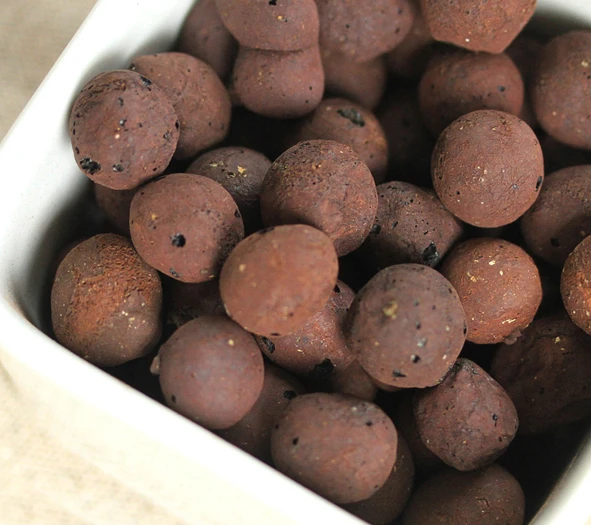
(vermiculite for lawns)
FAQS on vermiculite for lawns
Q: What are the benefits of using vermiculite for lawns?
A: Vermiculite improves soil aeration, retains moisture, and enhances nutrient retention for grass. It helps create ideal growing conditions for lawn roots. Your lawn will grow healthier and greener.Q: How does vermiculite 4 differ from other grades for lawns?
A: Vermiculite 4 refers to a specific particle size that balances water retention and drainage. It's suitable for lawns due to its moderate size and functionality. It mixes easily with soil without compacting.Q: Can I use vermiculite 30mm for my lawn?
A: Vermiculite 30mm is much coarser and usually not recommended for lawns. Finer grades integrate better for turf establishment. Use smaller grades for even mixing and improved results.Q: How should I apply vermiculite for lawns during seeding?
A: Evenly spread a thin layer of vermiculite over newly sown seeds. It protects seeds, holds moisture, and accelerates germination. Lightly water to settle everything in place.Q: Is vermiculite safe and long-lasting for lawn use?
A: Yes, vermiculite is safe, non-toxic, and naturally sterile. It lasts for years, maintaining its structure in the soil. Your lawn will benefit from its long-term soil improvements.-
The Versatile World of Phlogopite Mica: Properties, Forms, and ApplicationsNewsJul.14,2025
-
The Versatile Applications of Calcined Mica: From Decoration to Industrial UseNewsJul.14,2025
-
The Role of Muscovite Mica in Industrial Insulation MaterialsNewsJul.14,2025
-
The Benefits of Using Expanded Clay Pebbles in Hydroponics and Soil GardeningNewsJul.14,2025
-
Innovative Applications of Mica Flake in Paints and CoatingsNewsJul.14,2025
-
Gardening Expanded Clay Usage: A Complete GuideNewsJul.14,2025
-
The Use of Natural Mica Powder in Skincare ProductsNewsJun.11,2025

